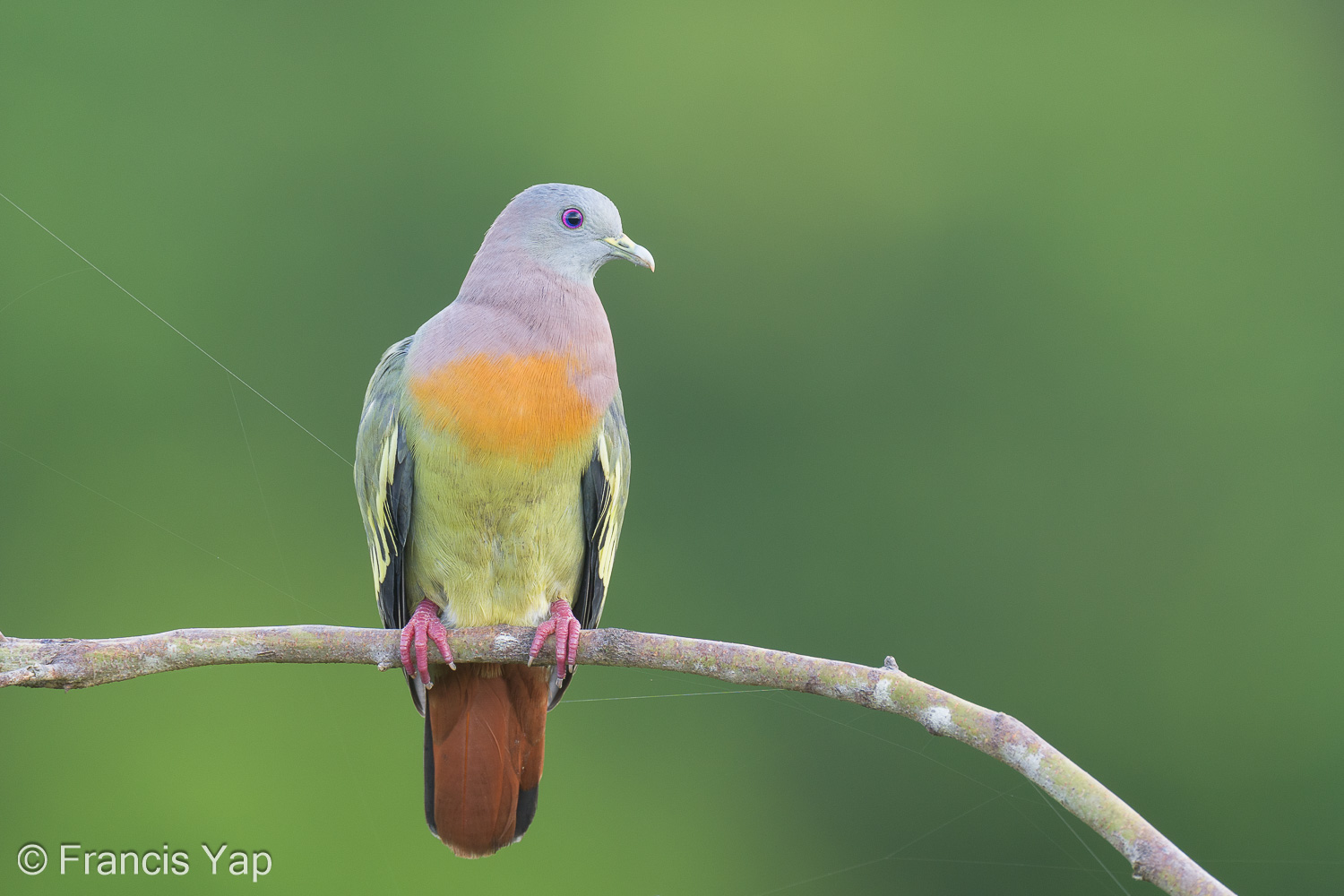Let’s start with this mostly uncontroversial view, that it is the rare birds that capture most people’s attention. These days, the rarer the bird is, and the more unique it is, the more birders and the general public want to flock to see, photograph and post about their encounters in social media. Recently almost every mega-rarity gets featured in newspaper articles because that’s what is popular. Surprisingly, most birders or birdwatchers are more likely to tell you about what they wish to see rather than what they have seen in the past. Curiosity and a sense of wonder compels many birders to seek out the most unlikely birds. The monthly bird reports on this website are also about the unusual birds which have turned up on this small nation.
We are however curious about the complete opposite in this article. Have you ever wondered which bird species you will most likely encounter in your daily life?
It is not surprising that many attempts have been made to conduct bird censuses to get an idea of local bird abundance. Nature Society (Singapore) does publish the aggregates from their bird census periodically. The two latest censuses are summarised here and here.
Our approach is different. Firstly, we are looking at long-term data, with a dataset consisting of more than 66,000 observations spanning 5 years, from 1 January 2019 to 31 December 2023. Secondly, our coverage is throughout Singapore, wherever the observers may be, and not limited to selected sites. Thirdly we are not looking for abundance. Why? Theoretically if you have a big flock of, say, 2000 Daurian Starlings somewhere in Yishun, that is an abundant species, but it’s localised and likely seasonal. You’re unlikely to see them if you are not in the vicinity or at the wrong time of the year. Instead what we’re looking for is the chance of you encountering particular birds if you are to step out of your home (or something close to it).
How do we go about doing it? Well, many birders including myself participate in an online platform called eBird. It provides us the ability to record whatever bird species we encounter, be it in our daily routine or strictly when we go out to do birding. Collating those records and summing up the number of occurrences (not number of birds per se) of each species permits us to come out with the list below.
Table 1: Top 10 most observed birds in Singapore
| Rank | English Name (eBird/Clements) | Occurrence |
|---|---|---|
| 1 | Javan Myna | 31621 |
| 2 | Yellow-vented Bulbul | 26492 |
| 3 | Black-naped Oriole | 25646 |
| 4 | Spotted Dove | 23565 |
| 5 | Pink-necked Green-Pigeon | 22787 |
| 6 | Asian Glossy Starling | 21145 |
| 7 | Ornate Sunbird | 19456 |
| 8 | House Crow | 18368 |
| 9 | Collared Kingfisher | 16638 |
| 10 | White-breasted Waterhen | 15669 |

It is pretty clear to most seasoned birders that the Javan Myna will top the list. Most non-birders too will recognise the presence of this ubiquitous black bird. Going down the list, there are really no big surprises. Many of the bird species are those that have adapted well to live in Singapore’s environment. Here’s where we think this list is a better reflection of our local bird life than the other lists we have referenced. There is no way the Common Redshanks or the Pin-striped Tit-Babblers are anywhere near the top 10 most abundant or commonly observed birds. One is a migratory wader numbering in the low hundreds, that are sometimes not even seen in the only convenient place, Sungei Buloh. The other is a native species that is not uncommon, and certainly adapted well to degraded wooded areas more than most. However, they are mainly found in the forest and wooded areas and is number 33 on the eBird observation count.
Now, let’s drill down a bit with the hotspots data from Sungei Buloh Wetland Reserve (representing the mangrove, wetlands and shoreline habitat), Central Catchment Nature Reserve (representing our forest and forest edge habitat) and Jurong Lake Gardens (representing urban parks and gardens) over the same period of time.
Table 2: Top 10 most observed birds in Sungei Buloh Wetland Reserve
| Rank | English Name (eBird/Clements) | Occurrence |
|---|---|---|
| 1 | Little Egret | 2409 |
| 2 | Collared Kingfisher | 2216 |
| 3 | House Crow | 2042 |
| 4 | Gray Heron | 1863 |
| 5 | Ashy Tailorbird | 1830 |
| 6 | Black-naped Oriole | 1732 |
| 7 | Common Redshank | 1662 |
| 8 | Pink-necked Green-Pigeon | 1565 |
| 9 | Common Sandpiper | 1557 |
| 10 | White-bellied Sea-Eagle | 1557 |
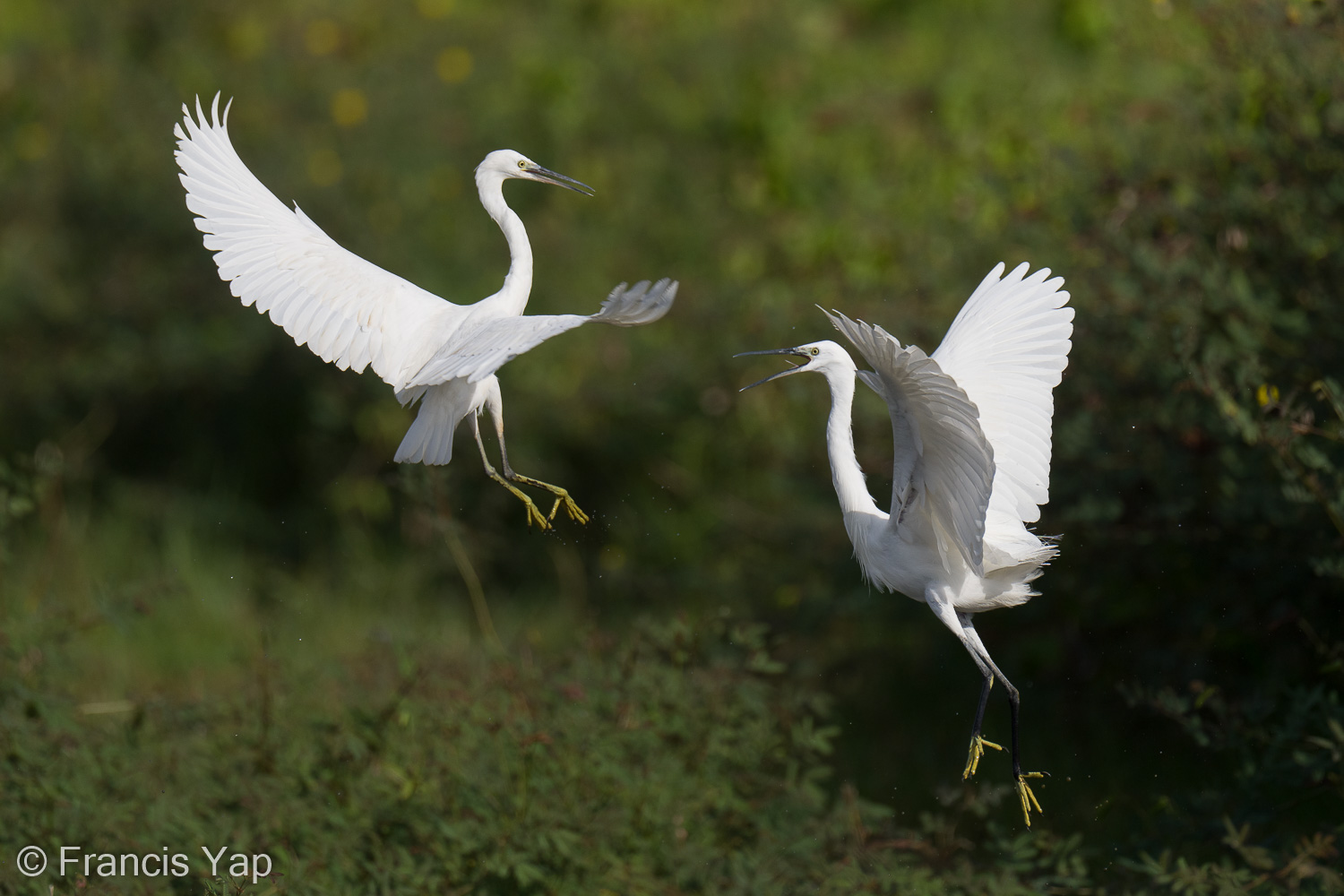
Table 3: Top 10 most observed birds in Central Catchment Nature Reserve
| Rank | English Name (eBird/Clements) | Occurrence |
|---|---|---|
| 1 | Greater Racket-tailed Drongo | 919 |
| 2 | Pin-striped Tit-Babbler | 844 |
| 3 | Olive-winged Bulbul | 818 |
| 4 | Orange-bellied Flowerpecker | 759 |
| 5 | Common Hill Myna | 745 |
| 6 | Crimson Sunbird | 735 |
| 7 | Pink-necked Green-Pigeon | 724 |
| 8 | Asian Glossy Starling | 721 |
| 9 | Dark-necked Tailorbird | 616 |
| 10 | Long-tailed Parakeet | 605 |

Table 4: Top 10 most observed birds in Jurong Lake Gardens
| Rank | English Name (eBird/Clements) | Occurrence |
|---|---|---|
| 1 | White-breasted Waterhen | 1198 |
| 2 | Yellow-vented Bulbul | 1189 |
| 3 | Javan Myna | 1181 |
| 4 | Black-naped Oriole | 1149 |
| 5 | Pink-necked Green-Pigeon | 1073 |
| 6 | Spotted Dove | 1003 |
| 7 | Asian Koel | 971 |
| 8 | House Crow | 971 |
| 9 | Ornate Sunbird | 901 |
| 10 | Collared Kingfisher | 889 |
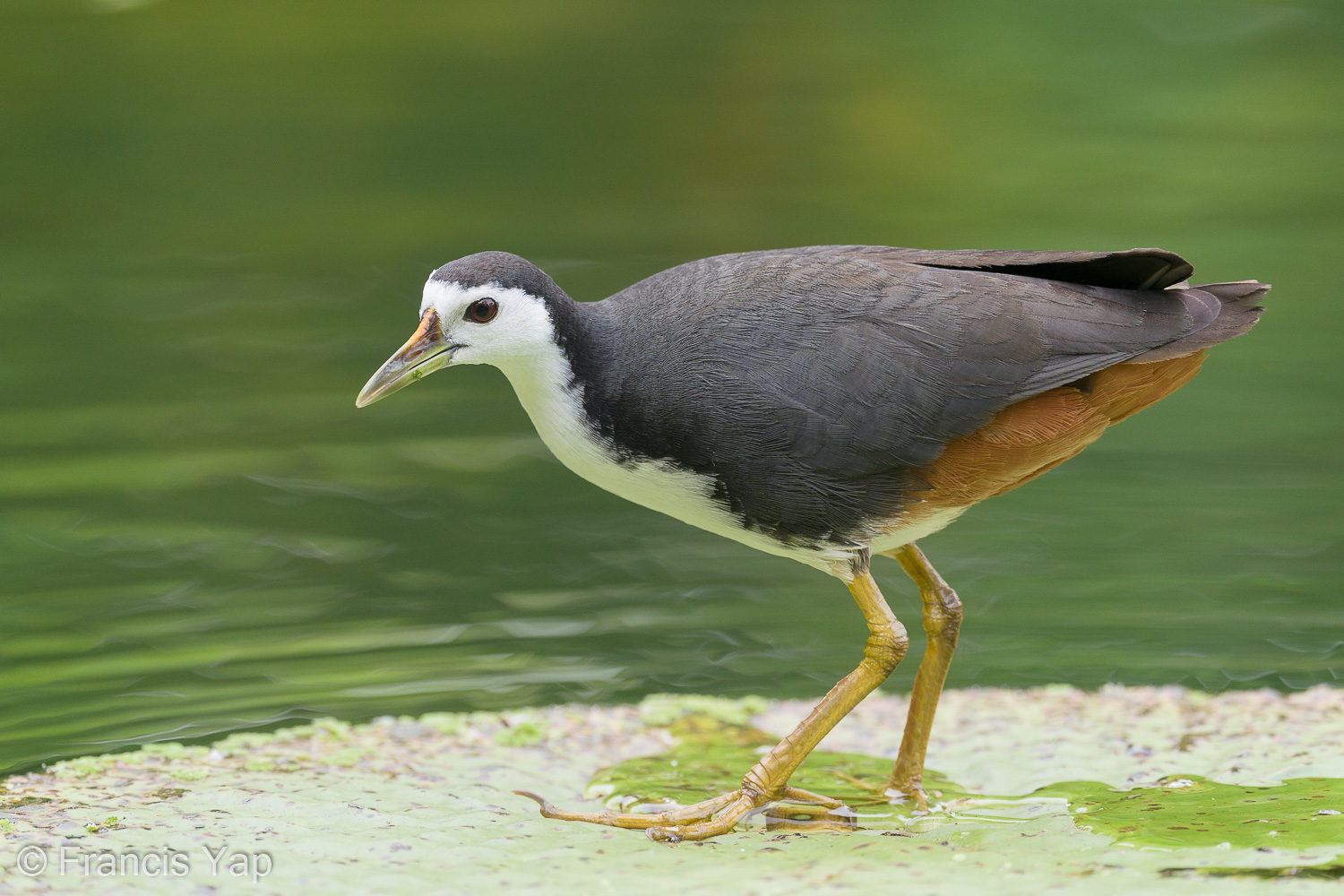
There are two main things to note from Table 2, Table 3 and Table 4. One of the most obvious is that there are a few species that made it in into the top 10 in two or more of these different habitats and consequently made it into Singapore’s overall top 10. They are likely more well-adapted, generalist species, that naturally thrive in diverse environments. Our own highly attractive looking Pink-necked Green Pigeon, is not only present, but highly visible in all the three different habitats – and the only species that appears in all three lists. We’ll like to remind everyone it is the centrepiece of the Bird Society of Singapore’s logo after all! Secondly, both the Greater Racket-tailed Drongo and the White-bellied Sea Eagle are not abundant in numbers compared to other species, but they are very conspicuous. Observers will likely hear the drongos from afar in any walk to our forests, and likewise anyone peering at the skyline along our coast will inevitably see the majestic eagles soaring above.
Coming back to the main Singapore list, we would have predicted the Zebra Dove to be more common, given that they seem to be all around our estates. However it’s in position 14. So instead of only looking at Singapore’s data, we decided to look and analyse the data from our neighbouring countries as well. Are there any similarities and differences? Singapore is a city-state but our neighbours while having big cities, also contain vast areas of wilderness. There should be some differences, but how much? Let’s dive in to have a look.
Table 5: Top 10 most observed birds in Malaysia
| Rank | English Name (eBird/Clements) | Occurrence |
|---|---|---|
| 1 | Yellow-vented Bulbul | 23745 |
| 2 | Pacific Swallow | 20342 |
| 3 | Asian Glossy Starling | 19193 |
| 4 | Spotted Dove | 18200 |
| 5 | Zebra Dove | 17680 |
| 6 | Javan Myna | 15986 |
| 7 | Eurasian Tree Sparrow | 15519 |
| 8 | Black-naped Oriole | 12832 |
| 9 | White-throated Kingfisher | 12466 |
| 10 | Pink-necked Green-Pigeon | 12376 |
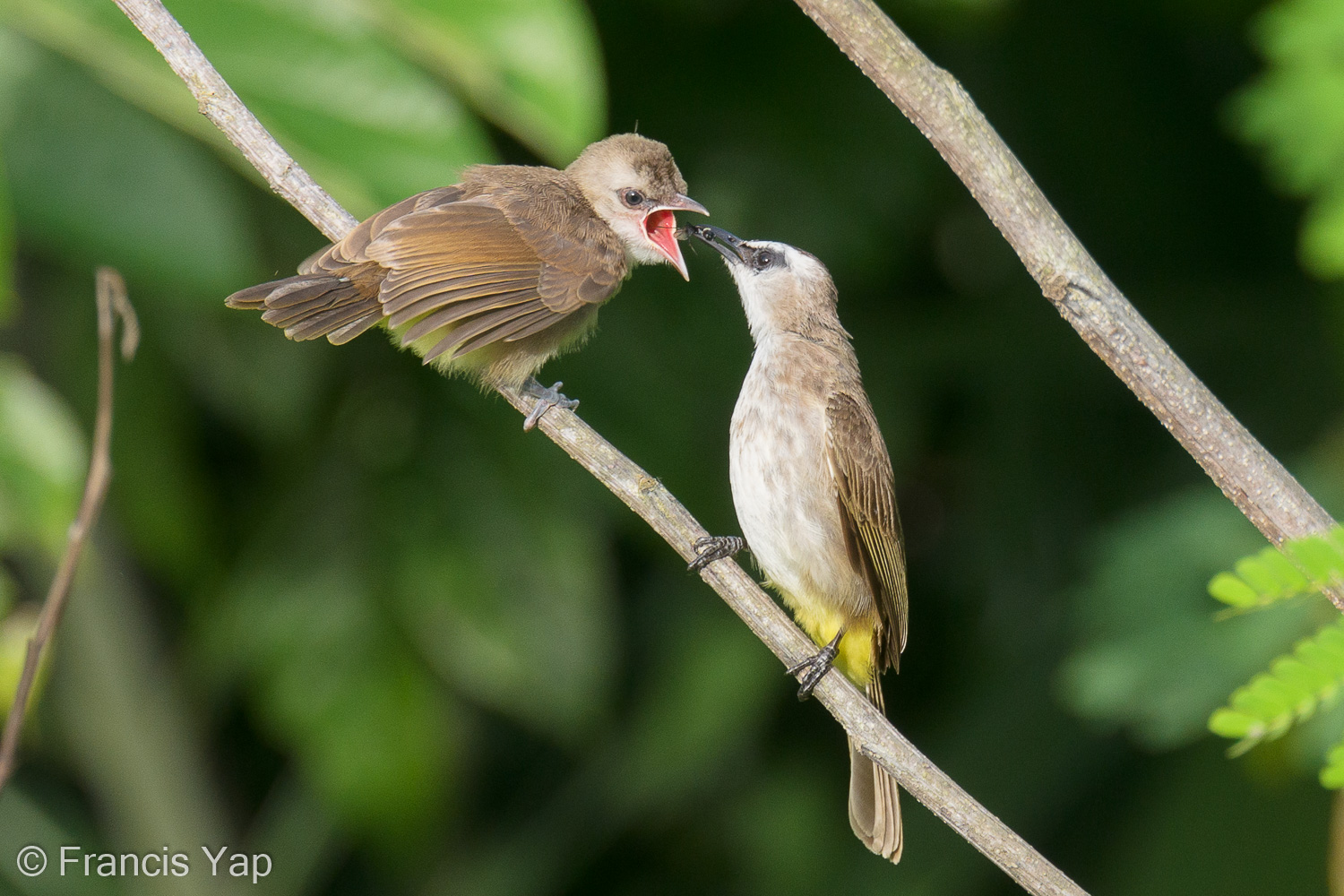
Table 6: Top 10 most observed birds in Indonesia
| Rank | English Name (eBird/Clements) | Occurrence |
|---|---|---|
| 1 | Eurasian Tree Sparrow | 14238 |
| 2 | Spotted Dove | 11748 |
| 3 | Cave Swiftlet | 9853 |
| 4 | Yellow-vented Bulbul | 9731 |
| 5 | Pacific Swallow | 9600 |
| 6 | Collared Kingfisher | 9001 |
| 7 | Scaly-breasted Munia | 6295 |
| 8 | Glossy Swiftlet | 6232 |
| 9 | Zebra Dove | 5884 |
| 10 | Ornate Sunbird | 5724 |
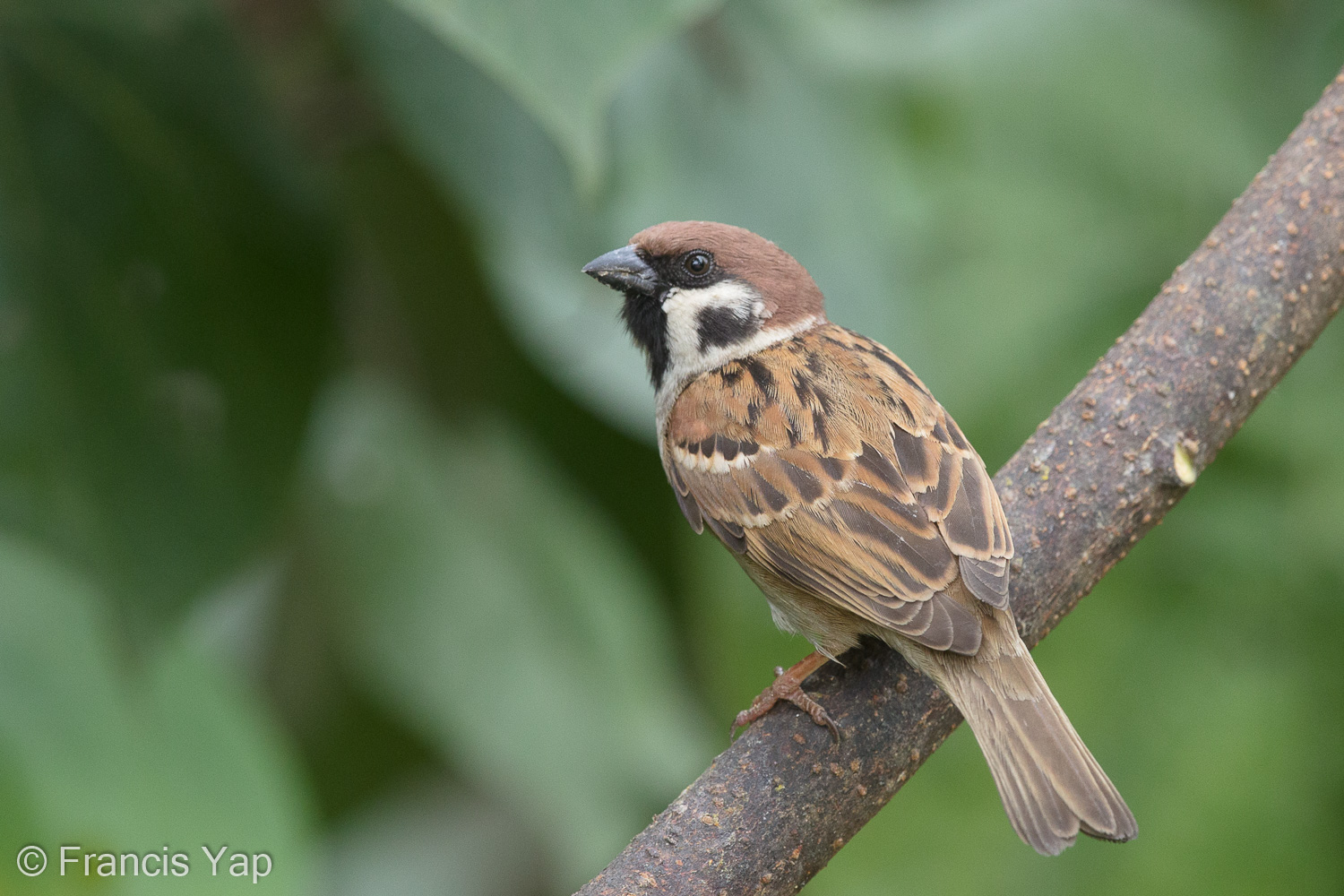
Table 7: Top 10 most observed in Thailand
| Rank | English Name (eBird/Clements) | Occurrence |
|---|---|---|
| 1 | Spotted Dove | 72963 |
| 2 | Zebra Dove | 67763 |
| 3 | Common Myna | 63205 |
| 4 | Great Myna | 60916 |
| 5 | Oriental Magpie-Robin | 60083 |
| 6 | Streak-eared Bulbul | 59907 |
| 7 | Rock Pigeon | 59093 |
| 8 | Asian Koel | 55605 |
| 9 | Barn Swallow | 50434 |
| 10 | Large-billed Crow | 49605 |
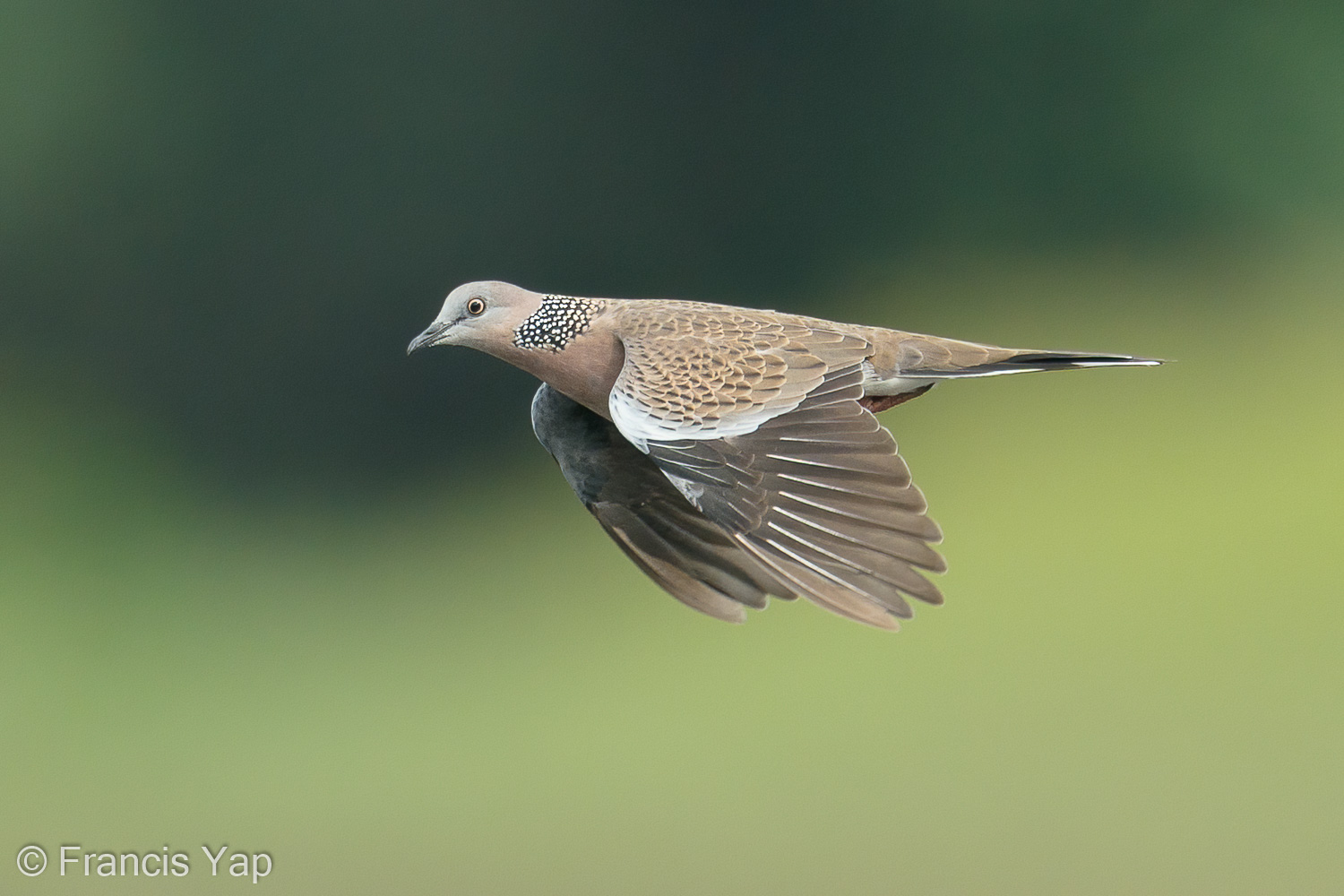
Table 8: Top 10 most observed birds in the Philippines
| Rank | English Name (eBird/Clements) | Occurrence |
|---|---|---|
| 1 | Eurasian Tree Sparrow | 23673 |
| 2 | Yellow-vented Bulbul | 22758 |
| 3 | Brown Shrike | 16637 |
| 4 | Collared Kingfisher | 15976 |
| 5 | Zebra Dove | 15532 |
| 6 | Garden Sunbird | 13563 |
| 7 | Philippine Pied-Fantail | 13112 |
| 8 | Little Egret | 12825 |
| 9 | Pacific Swallow | 12671 |
| 10 | Large-billed Crow | 11180 |
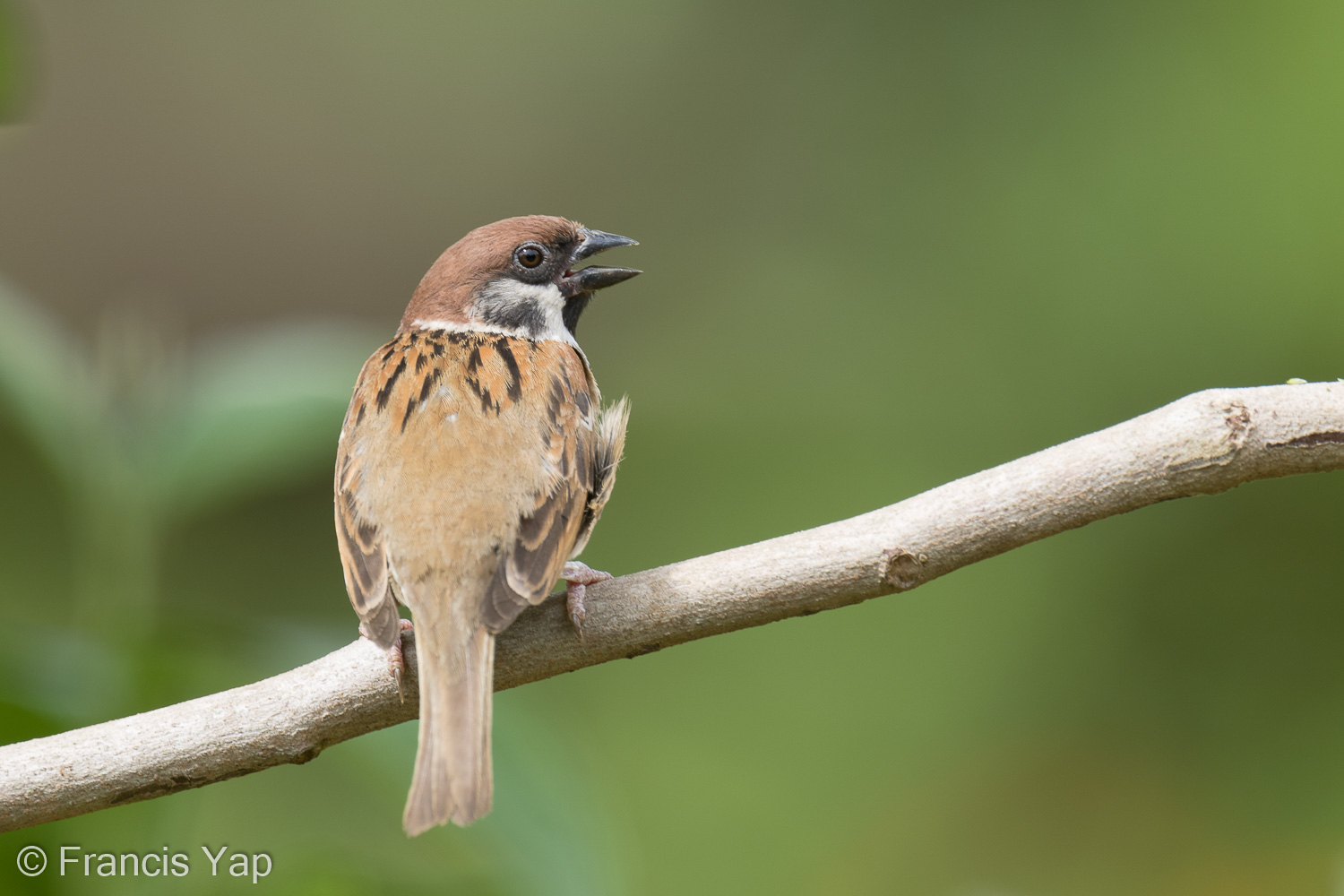
So what to make of all these lists? We do share similar easily observable birds. The Zebra Dove we mentioned earlier is in the top 10 in all our neighbouring countries. Similarly the Yellow-vented Bulbul and Spotted Dove are in the top 10 of three of our neighbours.
What makes Singapore unique then? Well, our top bird, the Javan Myna, happens to be an introduced species and almost a nuisance. So is the House Crow in position 8. These birds appear in the top 10 as a result of our urban environment, and as a side effect, there is a displacement of other native species. The silver lining is that despite all this, by and large, many of the native species are still holding on, and passionate birders are still out there documenting them daily. If there is anything amiss, we’ll find out soon enough. Thanks to citizen science and publicly accessible data, we are all better prepared.
Before we end this article, let’s look at what our current AI technology has to say about all this? Can ChatGPT accurately list down what we have painstakingly compiled? Will we lose our job from today onwards?
Getting closer, but our jobs are still safe at the moment. Let’s see what happens in the next few years!
